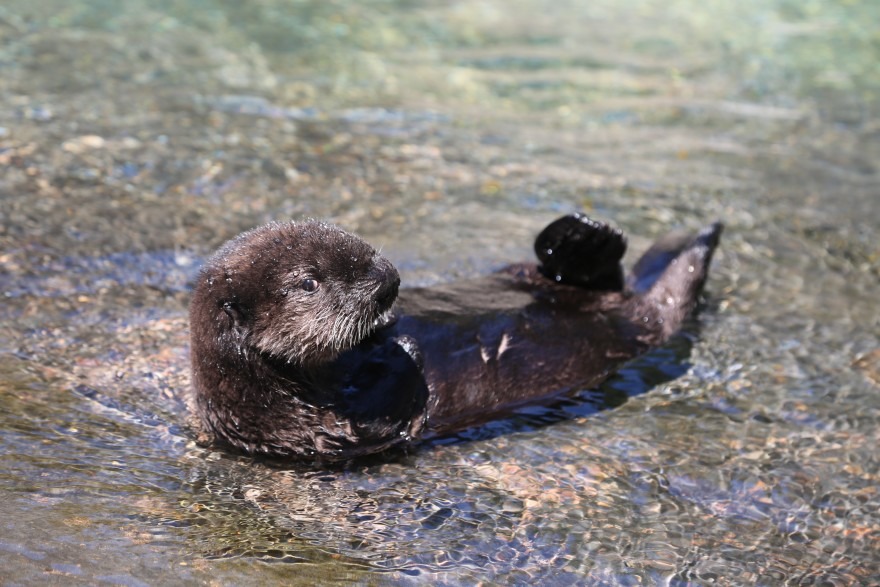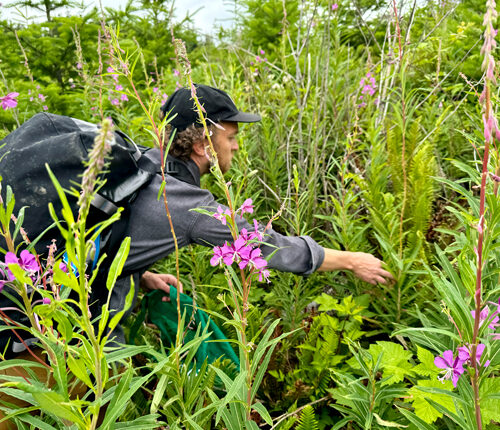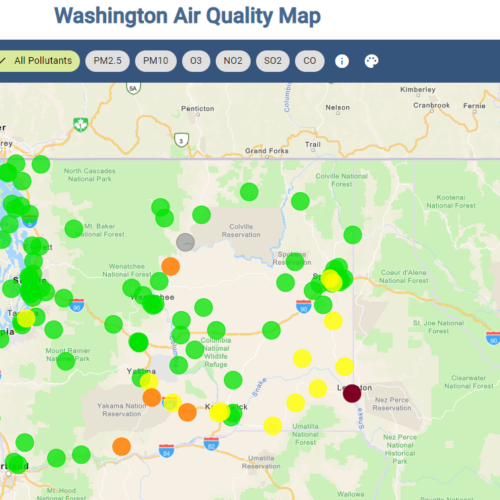
Skeptics Of Sea Otter Reintroduction Getting Organized On Pacific Coast
READ ON
Sea otters are undeniably cute, but cuteness only goes so far when major economic interests are at stake. That’s an inference you can make from the emergence of organized pushback to the possible reintroduction of sea otters along the Oregon Coast.
A trade group, the West Coast Seafood Processors Association, enlisted 24 maritime interests to sign on to a letter expressing grave concerns about bringing back sea otters. Some of the signatories include the ports of Ilwaco, Astoria, Newport, Coos Bay and Brookings, the Pacific Coast Shellfish Growers and Columbia River crab fishermen.
“We’re hoping to get ahead of the curve here and get something on the record,” said Lori Steele, executive director of the Portland-based WCSPA.
In the letter sent to the U.S. Fish and Wildlife Service last week, the skeptics said the voracious appetite of sea otters would put the furry animals in conflict with fishermen and shellfish harvesters. The letter also raised red flags about the prospect of permitting difficulties for port projects, dredging and offshore wind farms if another protected marine mammal species were present.
“Our message to the U.S. Fish and Wildlife Service is really, proceed with caution and be extremely thoughtful about potential impacts of this before doing anything,” Steele told the Port of Astoria Commission during its most recent meeting.
The Fish and Wildlife Service is in the midst of a study ordered by Congress of the feasibility and costs of sea otter reintroduction along the parts of the Pacific Coast where the animals have not repopulated. The report, which was requested by Democratic Oregon Sen. Jeff Merkley, is due for completion by the end of 2021.
“Our assessment will be limited to a fact-based report on the feasibility of reintroduction,” the wildlife agency said on a new webpage dedicated to the topic. “We will not be making any recommendation as to whether reintroduction should take place.”
A number of coastal tribes and conservation groups favor reintroduction of sea otters to the Oregon Coast. They are led by the nonprofit Elakha Alliance, which takes its name from the Clatsop-Chinookan word for sea otter.
Elakha Alliance president Bob Bailey took the skeptics’ letter in stride. In an email, Bailey said his group had already reached out to the Oregon Dungeness Crab Commission to understand that sector’s concerns and better address them.
Sea otters were hunted to local extinction off the Pacific Northwest coast as part of the fur trade in the 18th and 19th centuries. Remnant populations survived off central California and western Alaska.
Sea otters were successfully reintroduced to Washington, British Columbia and southeast Alaska fifty years ago. It didn’t go so well along the southern Oregon Coast, where the otters released during the same time period mysteriously vanished after a few years. The animals have not naturally repopulated to Oregon in the time since.
The current Washington state population of around 2,000 animals stems from 59 sea otters that were relocated to the Olympic Peninsula coast from Alaska’s Aleutian Islands in 1969 and 1970. They’re now spread out between Point Grenville on the Quinault Reservation and Pillar Point in the Strait of Juan de Fuca. Occasionally, one or two Washington sea otters are spotted exploring Oregon waters, but those wandering animals have not stayed.
In her presentation to the Port of Astoria earlier this month, Steele warned that sea otter reintroduction along the Oregon Coast would have impacts in northern California and southwest Washington as well.
Afterwards, the Astoria port commissioners voted unanimously to endorse the lengthy list of concerns.
“I can see what’s going to happen up and down the coast on the infrastructure, the dredging and the pile driving… this is going to have a heavy impact,” said port commissioner James Campbell.
Advocates for returning the “keystone” marine species to places where they are missing say the super-cute sea otters could be good for tourism and their return would likely bring ecological benefits. Hungry otters would reduce an overpopulation of sea urchins, which in turn could result in healthier kelp forests. More widespread kelp in turn could store carbon and spur increased fish populations and catches.
While it awaits the federal government’s feasibility study, the Elakha Alliance is finalizing its own independent version of the same. Bailey said his group’s study would come out in the next two weeks and could inform the federal report as well as discussions with crabbers. A separate economic impact assessment by the nonprofit is in the works as well.
The U.S. Fish and Wildlife Service underscored that no decisions have been made to attempt a capture and relocation of wild sea otters to the Oregon coast.
“In the future, should there be a move to formally propose the reintroduction of sea otters, the U.S. Fish and Wildlife Service would initiate a public review process under the National Environmental Policy Act,” the agency said on its Oregon website. “This process would include opportunities for the public to review and comment.”
Related Stories:

Elkton Community Education Center aids regional monarch research
Barbara Slott stands near some flowering plants that will provide nectar for monarch butterflies. (Credit: Karen Richards / KLCC) KLCC | By Karen Richards A small nonprofit in rural Douglas

Wolves remain endangered in Washington state
Washington state’s Fish and Wildlife Commission voted to keep gray wolves’ endangered status. (Credit: William Campbell) Listen (Runtime 0:54) Read Gray wolves will keep their endangered status in Washington state.

‘Tastes like hard work:’ Inside a foraging hike on the Kitsap Peninsula
Andrew Pogue, co-founder of Fair Isle Brewing in Seattle, reaches for fireweed leaves on a foraging trip. (Credit: Courtney Flatt / NWPB) Listen (Runtime 3:46) Read One craft brewery in















